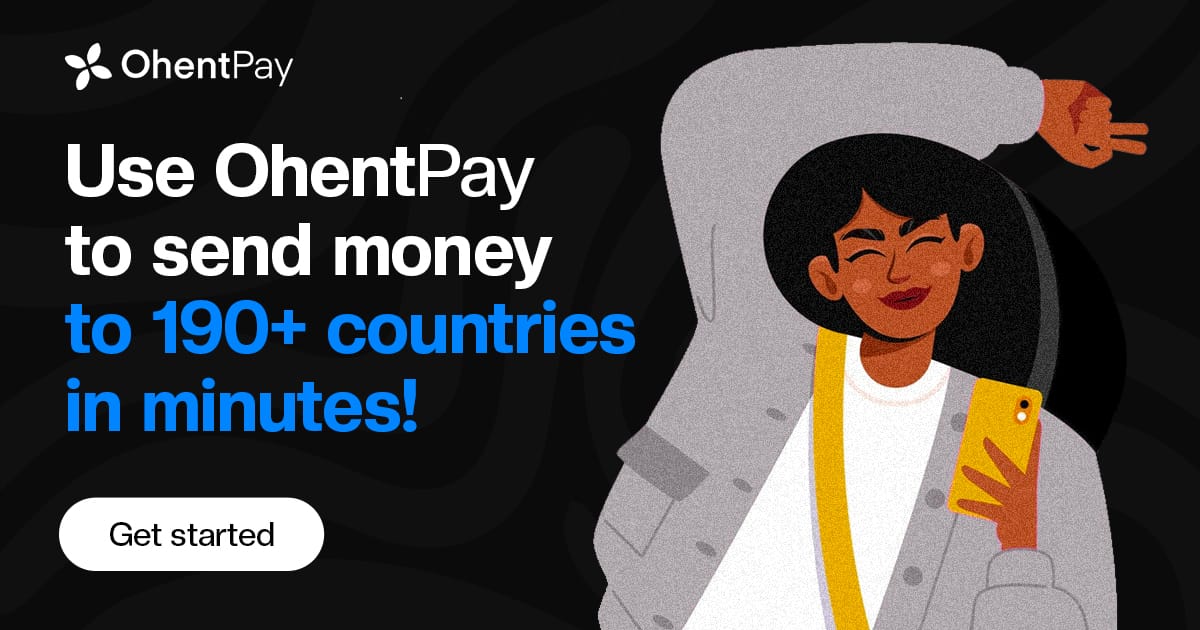What is a SWIFT Payment?

If you’re familiar with international money transfers, SWIFT payment is a term that’s commonly used. This is because it is a new and modern way to transfer money abroad. But what exactly are they and how do they work?
This article will help break down the topic into simple relatable terms that’ll ensure you understand everything about SWIFT payments completely.
What is SWIFT?
Think of SWIFT as your instant messaging service, but instead of delivering texts, it sends payment instructions between financial institutions. SWIFT which is short for Society for Worldwide Interbank Financial Telecommunication, is a messaging network used by over 11,000 financial institutions in 200+ countries.
What it does is send secure messages about international money transfers from one bank or financial institution to the other.
How Do SWIFT Payments Work?
SWIFT payments use the SWIFT network across four steps to deliver payments abroad. On the backend, this is how it works;
Initiate transfer → Send a Message → Clearing & Settlement → Payment received
- Initiate Transfer: The Sender instructs their bank to send money abroad by initiating a transfer online.
- Send a Message: The sender’s bank uses a bank identifier code (BIC) to send an encoded message to the recipient’s bank via the SWIFT network. This message contains the transfer details like amount, currency, payment reason and sender, to mention a few.
- Clearing: The recipient’s bank receives this message and then verifies the details shared. Once verified, the funds are then transferred between the banks through their clearing system.
- Payment received: Once the payment has been cleared, the recipient’s bank credits the account with the transferred funds and they receive a payment notification/alert

Benefits of SWIFT Payments Compared to Other Transfer Methods
In addition to being a popular and new payment method, many people choose to use SWIFT transfers because;
- It is faster - transfers usually go through within 1-5 business days.
- SWIFT transfers are secure: The network uses robust encryption and authentication protocols to ensure the safety of your funds and information.
- They offer clear audit trails making them a reliable option.
- They are widely accepted across all banks in the world.
The Drawbacks of SWIFT Payments
While they are a very reliable method of sending international payments, SWIFT also has its setbacks. These include;
- High fees: It is higher than regular transfers because both the sending and receiving banks will charge for processing SWIFT transactions. The fees also vary based on the amount, currency and banks involved.
- Higher exchange rates: Banks tend to markup rates and so the fluctuations can affect the final amount the recipient will get.
- Transaction limits: Banks have a limitation on the amount you can send through SWIFT and this varies based on your account and the recipient’s country.
- Relatively longer processing: While faster than traditional money transfer methods, the arrival time depends on the recipient’s bank’s processing speed.

Are SWIFT Payments the Best Option for You?
If you need to send money internationally for business or personal reasons, SWIFT payments offer a secure, efficient, and widely accepted solution. However, for smaller amounts and personal frequent transfers, they aren’t the most cost-effective option.
This is why we recommend comparing them with money transfer services like OhentPay. On OhentPay, you can enjoy lower fees and faster processing times. See how it works here.
Wrapping Up.
Remember, SWIFT payments are a communication system, not a money transfer service itself. While efficient, you should always verify the recipient’s bank details to avoid errors and compare pricing before initiating a transfer. We hope that with this understanding of how SWIFT payments work, you can now make better-informed decisions about your transactions.
If you’d like to send money anywhere in the world and prefer fast transfers at great rates, we recommend the OhentPay money transfer service. Create an account here to get started.
Share this post with a friend you think might need this.
